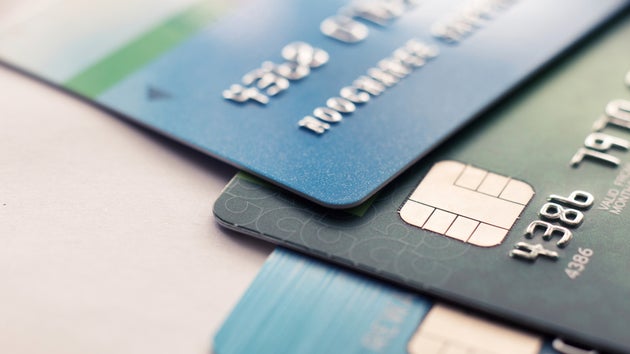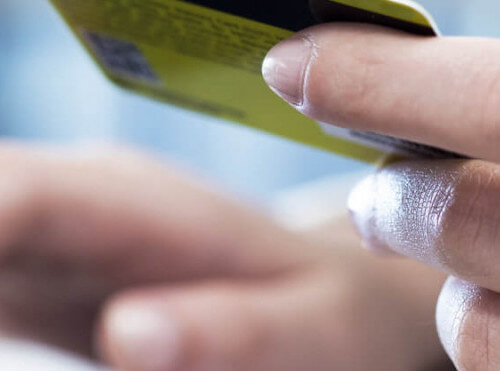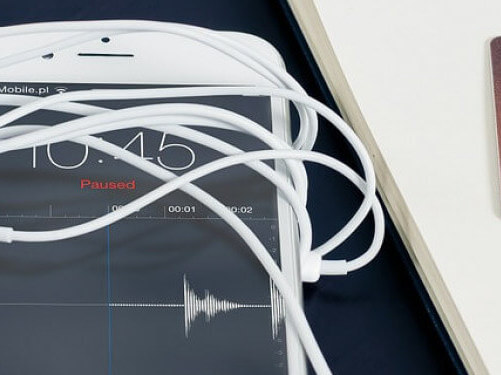Table of Contents
French payment landscape
France is one of the biggest e-commerce markets in Europe. In 2017, French spent 1,463$ US per capita online and 14,339$ US at brick-at-mortar locations. The growth rate in e-commerce is expected to be around 8% until 2022. The established m-commerce market will nearly double in the next few years, accounting for more than a third of e-commerce by 2020.
Cross-border businesses and France
French consumers frequent online shops from other countries, especially neighboring countries such as Germany (41%), Great Britain (29%) and Belgium (15%). Certain French consumers even digitally shop across the ocean from American and Chinese retailers.
French retailers earn up to 10% of their revenue from abroad - mostly selling in Belgium and Luxembourg (42%), Spain (27%) and Italy (26%).
Credit cards profiting from low interest rate policies
Card payments make up more than half of the transactions. The majority of these transactions are made by debit cards. However, credit cards have fought back against this in the last two years due to low interest rate policies. Banks competing for business now offer attractive conditions for credit card users. Interchange policies have also added to the building popularity of credit cards, as interchange fee limits for credit cards are higher. Furthermore, the widespread use of 3D Secure technology helped popularizing card payments and contactless, as it addressed consumers' concerns about security.
Mobile payment, on the other hand, have yet to succeed in this aspect. For example, e-wallet were used to settle 21% of e-commerce transactions in 2017, and a small 1% of point of sale transactions. While Apple Pay enter the French market in July 2016 and Orange Cash in June 2016, mobile payments are still less popular than in neighboring countries.
Carte Bancaire dominates the market
The market for card payments in France is dominated by French card providers. The leading credit card providers are Groupe Crédit Agricole, Groupe BNP Paribas and the BPCE (Banques Populaires Caisses d’Epargne Groupe). The Carte Bancaire, co-branded with both VISA and MasterCard, is the most popular card on the French market. Nearly every retailer accepts them and they can be used globally through VISA and MasterCard. They are generally accepted through a local acquirer. Contactless payment is also being pushed strongly by leading banks. As it’s beginning to establish itself on the market, contactless payment is similar to card payment in terms of fraud and security.
Recent measures taken by the European Union indicate a decline in cash payments. In 2016, the European Central Bank ceased to produce the 500 euro banknote. The same year, the validity period of cheques was reduced to six months instead of a year. Cheques are still widely used in France, contrary to most other European countries, as older people remain loyal to the payment method. In June 2017, TIPs (Titre Interbancaire de Paiement, paper-based interbank payment orders) were officially withdrawn and replaced by existing SEPAs.
France and fraud management
France endures one of the highest rates of fraud in the European market. In 2015, the fraud rate came out at 0.04%. Currently, cross-border business transactions with other countries through French cards are often subject to fraud and security risks. Fraud management and prevention is therefore an important part of the payment process in France. It is recommended to use authorization verifications through 3D Secure when processing these payments.
In an effort to combat money laundering and the hidden financing of terrorism, the French government imposed a monthly ceiling of 1000 euro for payments and top-ups on open loop prepaid cards. This measure came into force in January 2017.










